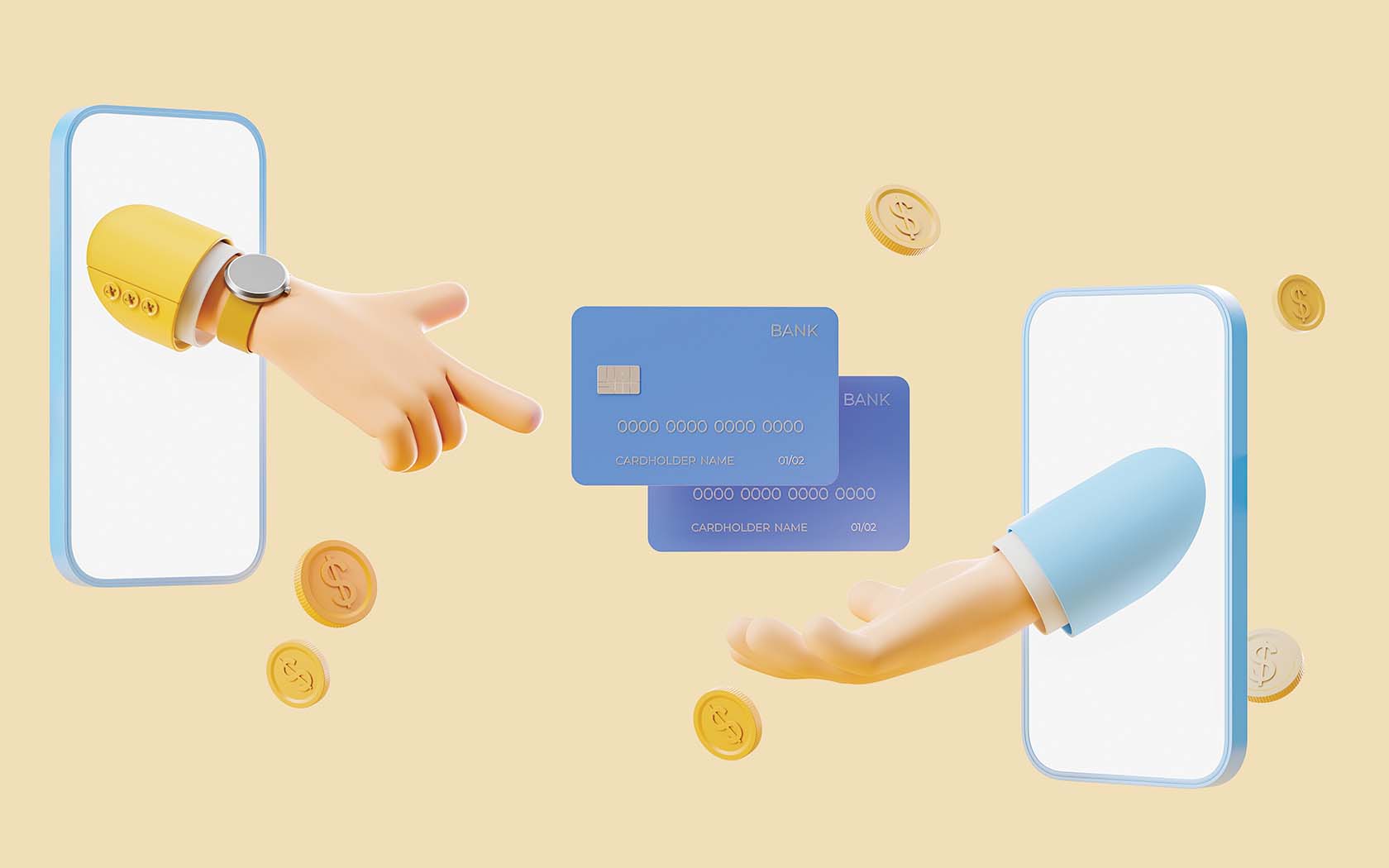Legally and operationally, digital John Hancocks come of age in lending
E-Signature Approval
September 14, 2015 / By ICBA
Legally and operationally, digital John Hancocks come of age in lending
By Howard Schneider
Electronic signatures “absolutely” have helped PrivatePlus Mortgage expand its residential mortgage lending reach nationwide, says Lia Webster. She’s chief operating officer and vice president of the mortgage company, a division of Private Bank of Buckhead, in Atlanta. The bank’s mortgage company has developed a national retail lending presence over the last 18 months using phones and email, rather than branch offices.
“We get the disclosure back faster” when borrowers digitally sign documents exchanged by email, Webster notes. “The process can begin much faster.”
Webster says 75 percent of Private Bank’s borrowers select the electronic signature option after its loan officers explain the process to them. “We get great feedback from customers,” she says, noting that whether to use electronic signatures “is always the borrower’s choice.”
Legal aspects
Community banks and their customers don’t need to be concerned about the legality of digitally signed documents. Electronic signatures became legal with the passage of the E-SIGN Act in 2000. Electronic signatures are accepted by banking regulators and meet state standards under the Uniform Electronic Transactions Act. Anti-fraud measures also are built into electronic signature systems. Sending documents to a consumer’s personal email is the first safeguard.
Another level of authentication can be added to electronic signatures by texting a code to the customer’s cellphone, which the applicant then must enter before electronic signing can take place. Lenders also can have borrowers identify themselves online by answering questions about where they’ve previously lived or what vehicles they’ve owned.
Webster says FDIC officials had “no issue” with the mortgage company’s use of electronic signatures during a recent exam of PrivatePlus Mortgage. The company’s document vendor provides the e-signing capability, which Webster says interfaces easily with the company’s loan origination system. Borrowers online enter their personal authenticating information, download loan documents and mouse click to sign them.
“We get the disclosure back faster … The process can begin much faster. We get great feedback from customers.”
—Lia Webster, Private Bank of buckhead
A document preparation firm then informs PrivatePlus Mortgage when the document has been signed. If applicants don’t respond to an email within 48 hours, the documents are automatically printed and mailed to them.
PrivatePlus Mortgage borrowers who take the electronic signature route have more control over the loan process, Webster says. A customer can easily read an emailed document and sign it in the evening, without needing to visit a branch and hastily skim a disclosure. The company’s customers also find that the path to loan approval is more transparent, because electronic signature systems may provide real-time reports showing application status and detailing what steps will occur next, she says.
Once customers consent to using electronic signing tools, they can click on a confirmation button, enter a password, or key in their names to indicate signing intent. However, borrowers must consistently follow either a paper-based or electronic route from application to closing.
Electronic signatures help banks build a mobile strategy, says Miles Kelly, vice president of industry marketing for San Francisco-based DocuSign Inc. “E-signing is a standard part of how consumers expect to do business with their banks,” he maintains.
Fewer errors
“Don’t keep doing it the old way just because you’re comfortable with it,” Kelly recommends, calling paper-based lending comparatively more complicated and slower because of “errors and redos.”
Lenders report both improved customer satisfaction and shorter loan closing times after implementing electronic signatures, Kelly reports. Electronic signature systems also ensure that consumers fill out forms completely and sign every place they’re required to.
Electronic signature capabilities can be added to existing documents, so it’s not necessary to alter a bank’s current procedures. Electronic signatures are permanently linked to documents and given a time and date stamp. Further, establishing a digital audit trail can prove a proper process was follwed when handling a customer’s complaint. Secure encryption safeguards embedded in electronic signature systems also prevent electronic records from falling into unauthorized hands or being tampered with.
Electronic signature systems are generally sold as a service and easily work with bank operating software systems, Kelly says. Such easy interoperability limits IT support requirements and expenses in adopting electronic signatures.
Kelly estimates that electronic signatures can be implemented in two weeks or less. Banks that introduce e-signatures on their current online interface may find that they boost customer acceptance, he says.
Initial loan disclosures and closing statements are the main mortgage documents using e-signing. Some vendors support electronic signatures for requesting tax return transcripts, Webster adds.
Starting to deploy electronic signatures in the mortgage process can give lenders the confidence to expand their use to opening accounts online. Many consumers—particularly young adults—prefer to do their banking on a mobile phone, rather than walking into a branch.
Electronic signatures can be employed simply to gain a fast turnaround on loan documents for both commercial and consumer customers, Kelly says. Or electronic signing can be part of a bank’s longer-term goals regarding mobile banking or archiving loan files digitally, which can improve operational and compliance efficiency.
Howard Schneider is a financial writer in California.
Subscribe now
Sign up for the Independent Banker newsletter to receive twice-monthly emails about new issues and must-read content you might have missed.
Sponsored Content
Featured Webinars
Join ICBA Community
Interested in discussing this and other topics? Network with and learn from your peers with the app designed for community bankers.
Subscribe Today
Sign up for Independent Banker eNews to receive twice-monthly emails that alert you when a new issue drops and highlight must-read content you might have missed.
News Watch Today

Join the Conversation with ICBA Community
ICBA Community is an online platform led by community bankers to foster connections, collaborations, and discussions on industry news, best practices, and regulations, while promoting networking, mentorship, and member feedback to guide future initiatives.











